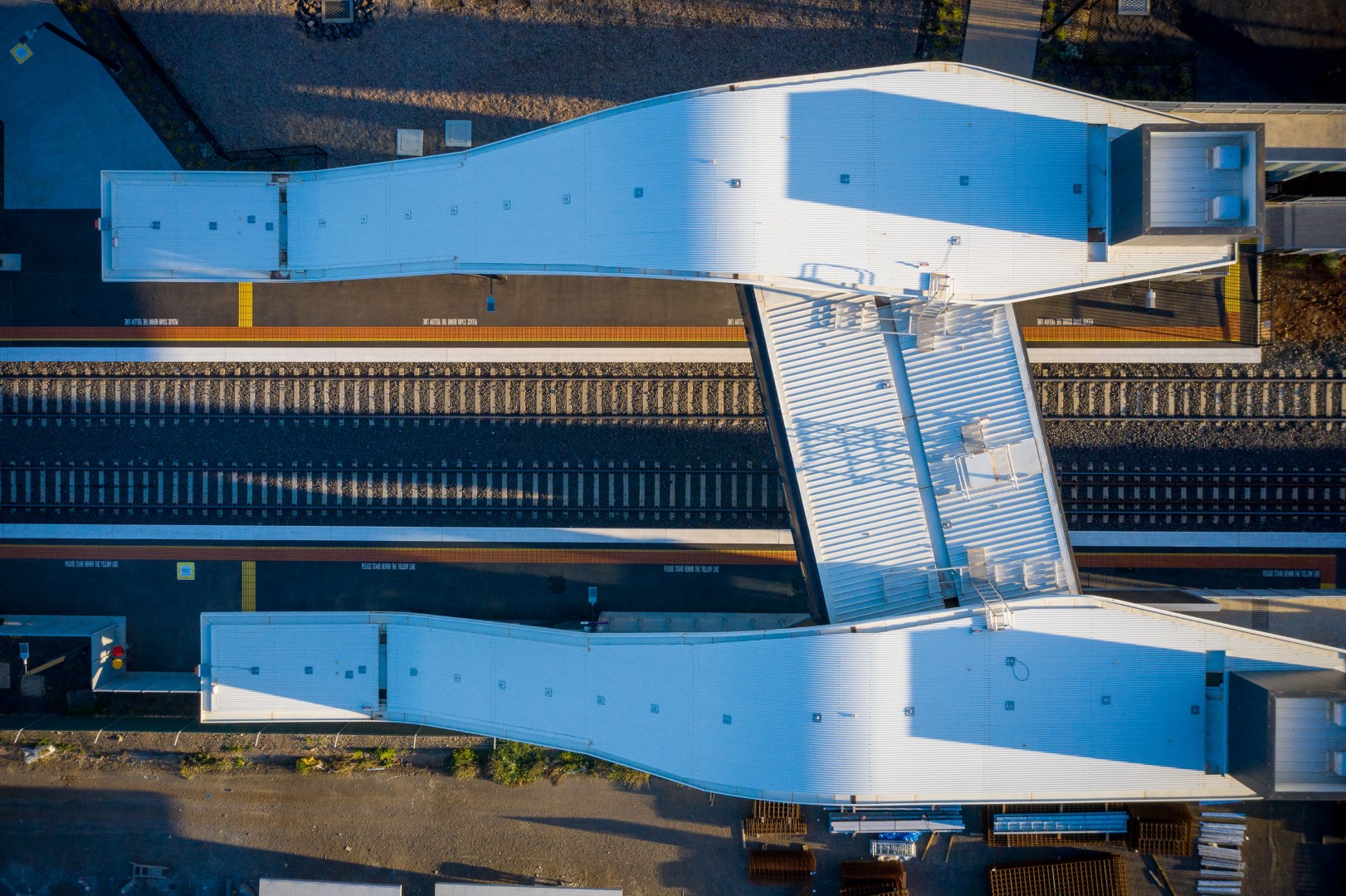
Our Role
SMEC worked closely with Alliance partners Lendlease and Coleman Rail to achieve both commercial objectives and design objectives to deliver the project to the communities of western Melbourne, Bacchus Marsh, Ballan and Ballarat.
SMEC’s rail engineering, transport, infrastructure, urban design and landscape architecture teams undertook detailed design services to deliver enhanced customer experience and passenger facilities at the new Cobblebank Station and for the four existing train station precincts at Rockbank, Melton, Wendouree and Bacchus Marsh. SMEC’s role also included the detailed design and construction phase services for the rail infrastructure upgrades, including track works, structures, drainage, earthworks, combined service routes and geotechnical structures.
Each station presented a unique set of opportunities and constraints in relation to multi-modal connectivity, intersection design, public realm and landscape character which was developed in a multi-stakeholder review structure to deliver innovative, robust and cost-effective solutions.
The project successfully attained the Infrastructure Sustainability Council of Australia (ISCA) green star accreditation at each station development. This was accomplished in a variety of innovative ways including providing strategic tree canopy cover, the use of sustainable materials in concrete mixes, the adoption of water-sensitive urban design (WSUD) implemented through the use of bio-retention swales, and the use of solar panels where appropriate and beneficial. Further sustainable features included providing rain-water tanks for use in bathroom facilities and for regular platform wash downs. An increased provision of bike parking at the stations was also provided in the urban design to further encourage this sustainable mode of transport.










